Chairman of Ho Chi Minh City People's Committee Phan Van Mai signed a submission to the Prime Minister and the Ministry of Planning and Investment on the pre-feasibility study report on the investment project to build Ho Chi Minh City Ring Road 4.
On November 24, information from the Ho Chi Minh City People's Committee said that Chairman of the Ho Chi Minh City People's Committee Phan Van Mai signed a submission to the Prime Minister and the Ministry of Planning and Investment on the pre-feasibility study report on the investment project to build Ho Chi Minh City's Ring Road 4.
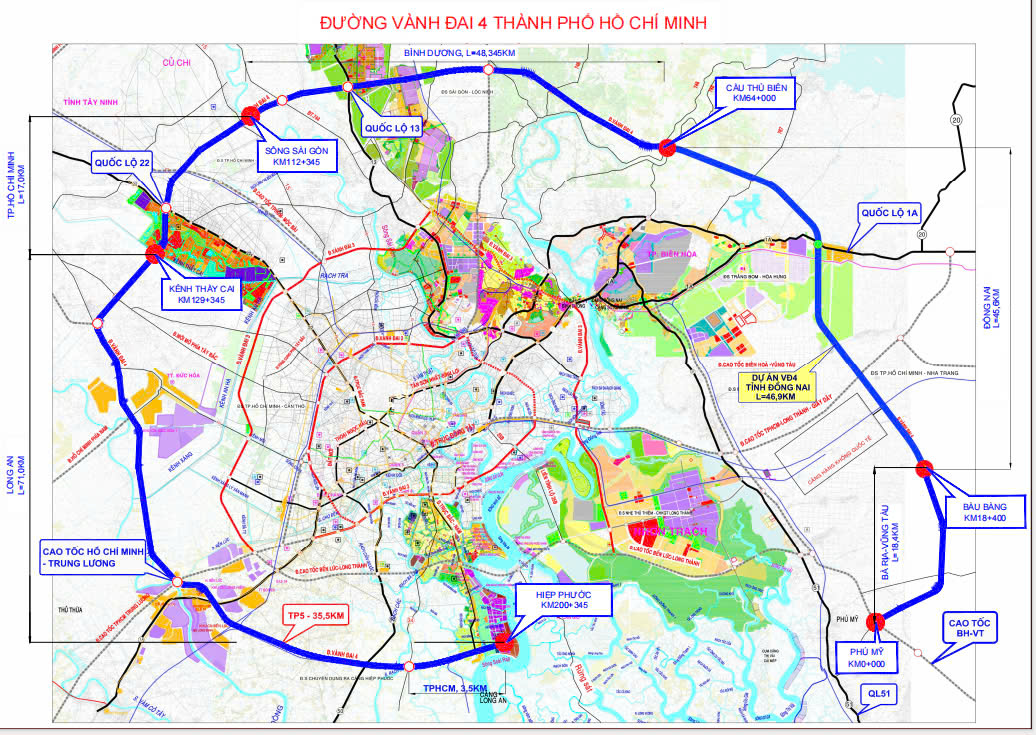
Route diagram of Ring Road 4 project.
According to the report of the Ho Chi Minh City People's Committee, the project to build Ho Chi Minh City Ring Road 4 creates a strategic traffic axis connecting the Southeast region with the Southwest and Central Highlands, contributing to socio-economic development.
The formed route will open up new development space, exploit the potential of land resources, contribute to the formation of the Industrial, urban, logistics belt route...
In addition, the Ho Chi Minh City Ring Road 4 project will also promote the circulation of goods from industrial parks and urban areas to seaports and Long Thanh international airport and vice versa.
Interprovincial vehicles will be routed from a distance, without having to go through densely populated areas, significantly reducing travel time, transportation costs, limiting congestion, and reducing environmental pollution in urban areas.
Specifically, vehicles going Northwest - Southeast and vice versa can conveniently connect to support traffic flows outside the scope of Ho Chi Minh City Ring Road 3. Vehicles from National Highway 13 and National Highway 22 can conveniently access the Long An port area and Hiep Phuoc port (Ho Chi Minh City).
In addition to the direction of Ring Road 3 - Ho Chi Minh City - Long Thanh Expressway, the route will also open another direction connecting Binh Duong with Long Thanh airport.
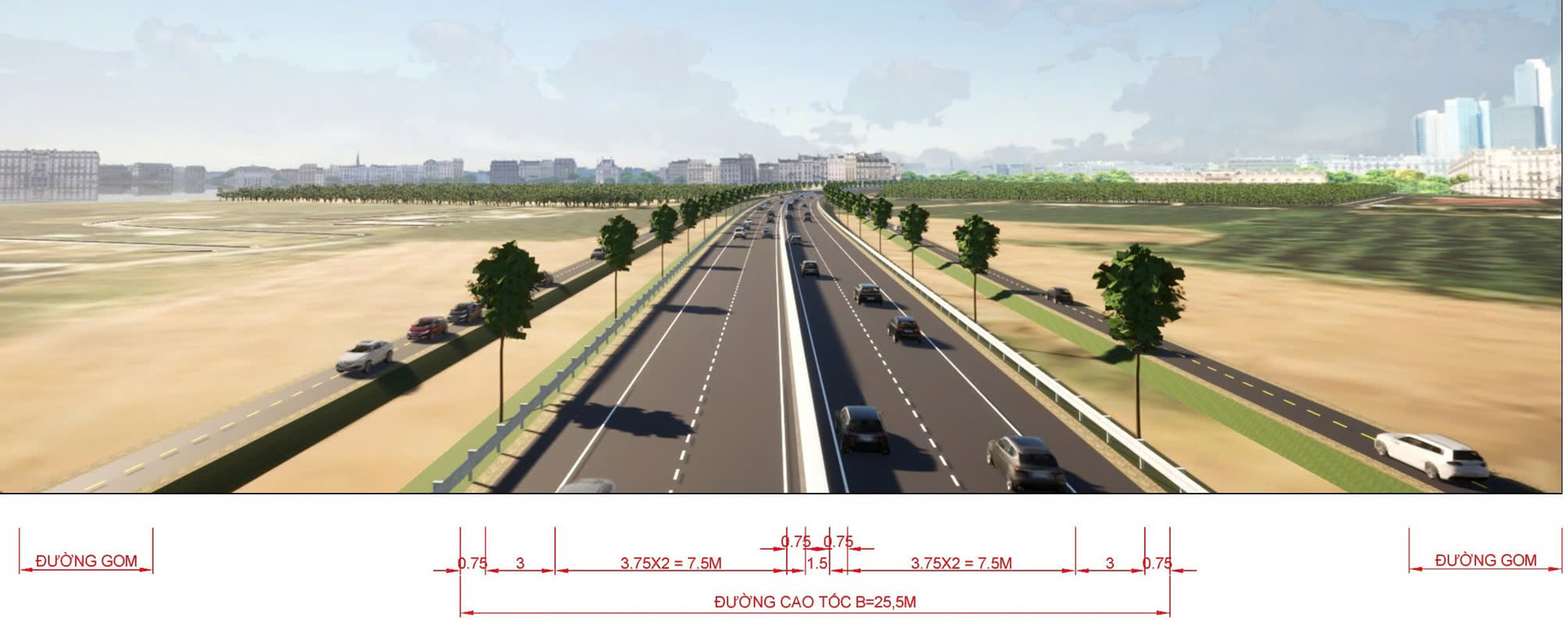
Perspective of Ring Road 4, Ho Chi Minh City.
The leader of the Ho Chi Minh City People's Committee stated that the transport infrastructure system always plays an important role in socio-economic development and is an important indicator to assess the competitiveness of countries.
In the country, any locality connected by expressways has an economic growth rate higher than the national average, contributing to poverty reduction, improving living standards, and creating a new look for the localities.
Therefore, continuing and promoting investment in transport infrastructure systems, especially belt roads, is very important, which will promote economic growth in the Southern Key Economic Zone in particular and the whole country in general, contributing to improving the competitiveness of the economy.
Regarding scale, the Ho Chi Minh City report stated that the total length of the Ho Chi Minh City Beltway 4 project submitted to the National Assembly for approval of the investment policy is 159.31km. Of which, the project through Ba Ria - Vung Tau is 18.23km, through Dong Nai is 46.08km, Ho Chi Minh City is about 16.7km long, through Long An is 78.3km long (including the section through Long An is 74.5km long, the section through Ho Chi Minh City is 3.8km long).
The section passing through Binh Duong province (about 47.95km) will be invested independently according to the project investment policy approved by the Provincial People's Council. The Binh Duong Provincial People's Committee has committed in writing that in phase 1, the project will be adjusted to ensure highway standards according to the opinion of the Ministry of Transport.
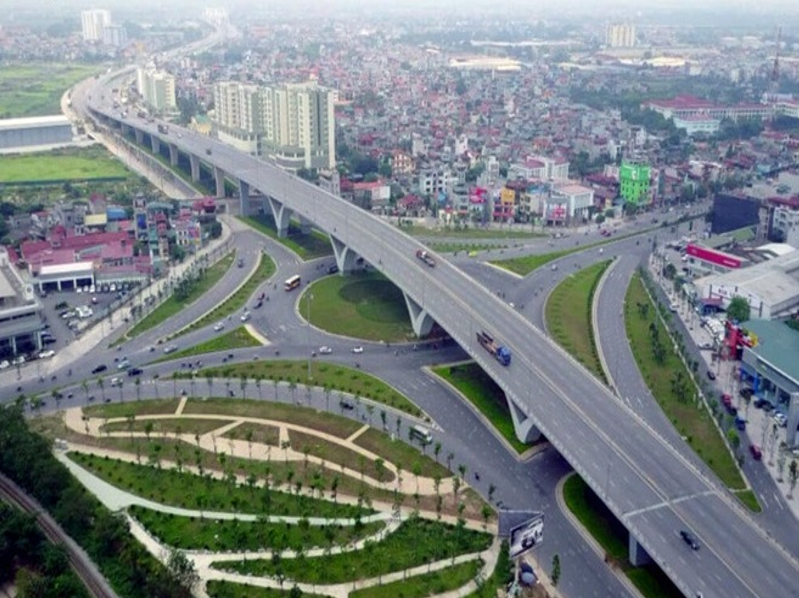
Perspective of an intersection on Ring Road 4, Ho Chi Minh City.
In phase 1, the localities of Ho Chi Minh City, Binh Duong, Ba Ria - Vung Tau, Long An will clear the land at once according to the 8-lane plan. The main expressway will invest in 4 lanes and 2 emergency lanes, while the localities will build service roads and parallel roads on both sides.
The total preliminary investment in phase 1 is about 122,774.28 billion VND, implemented under the BOT contract. Of which, capital mobilized from investors and loans is about 53,109 billion VND (including interest), the rest is budget capital.
Localities will select investors in 2025 and implement site clearance compensation and resettlement from 2025-2026 after the project investment policy is approved. The component projects through localities will start construction from the third quarter of 2026 and be completed in 2028.
Previously, Chairman of the Ho Chi Minh City People's Committee Phan Van Mai assigned the Department of Transport to take the lead, coordinate with the Office of the City People's Committee to receive and complete the project's pre-feasibility study report and specific policy mechanisms. This must be completed in December 2024 so that it can be submitted to the National Assembly in the first quarter of 2025.
At the same time, the Department of Transport was assigned to coordinate with the Office of the City People's Committee to advise on procedures for implementing the project through Ho Chi Minh City so that construction could start in the first quarter of 2026 and be completed in 2028.
Source: https://www.baogiaothong.vn/trinh-chinh-phu-bao-cao-nghien-cuu-tien-kha-thi-du-an-vanh-dai-4-tphcm-192241124103527019.htm








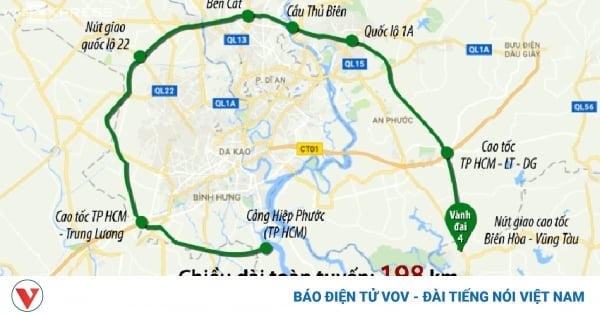

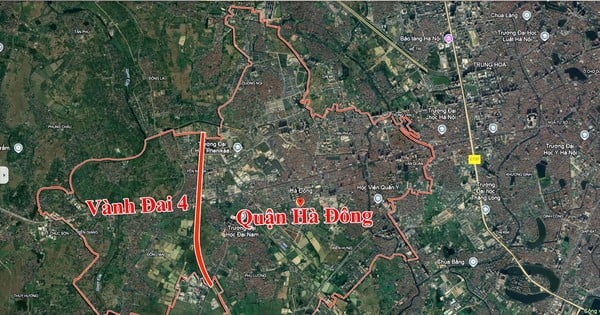

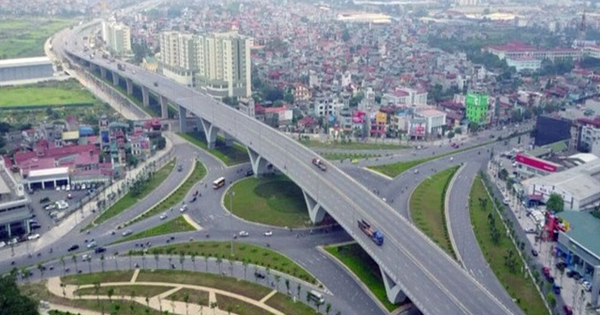
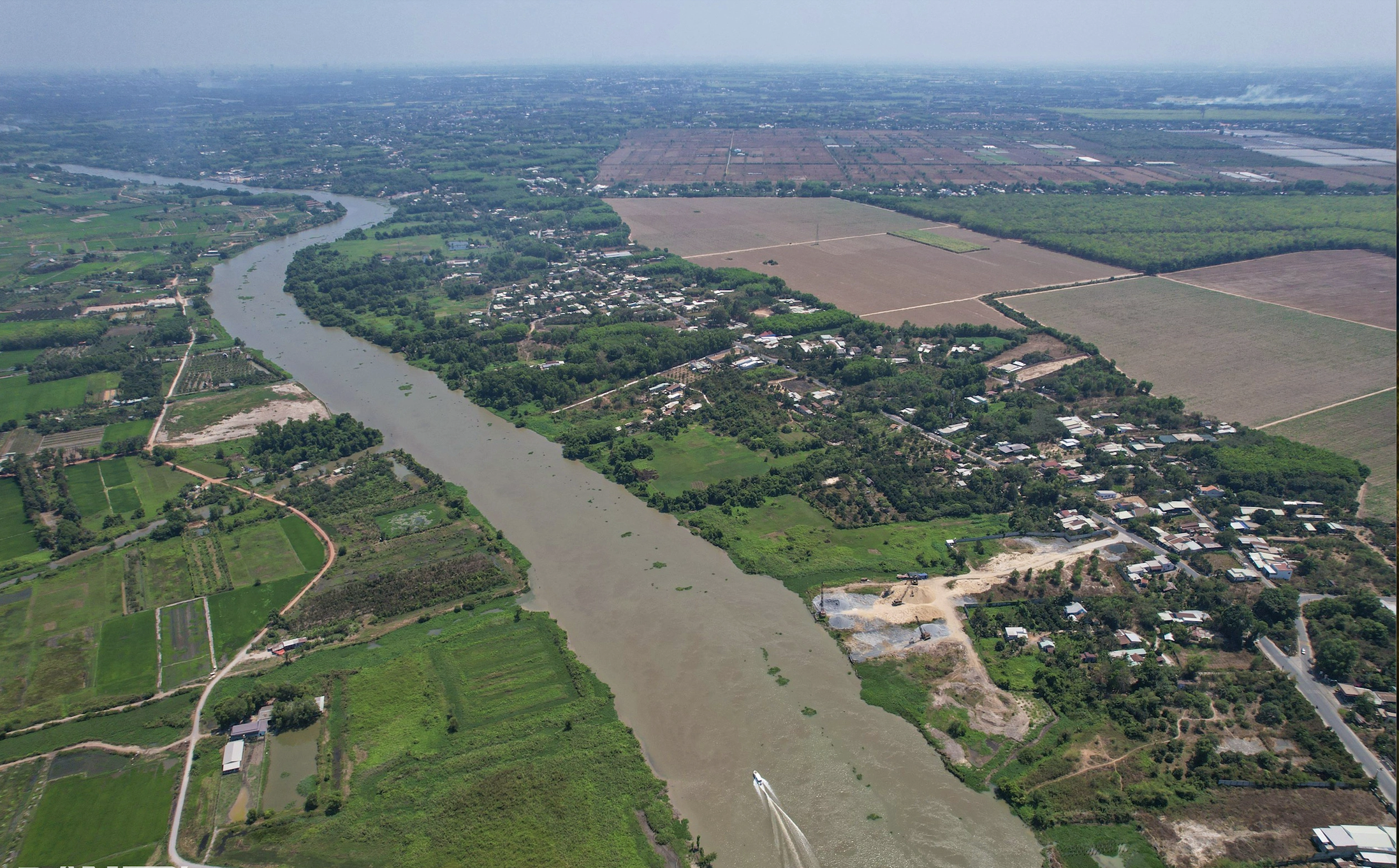
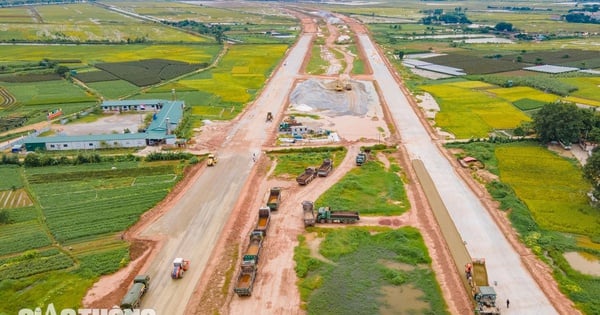
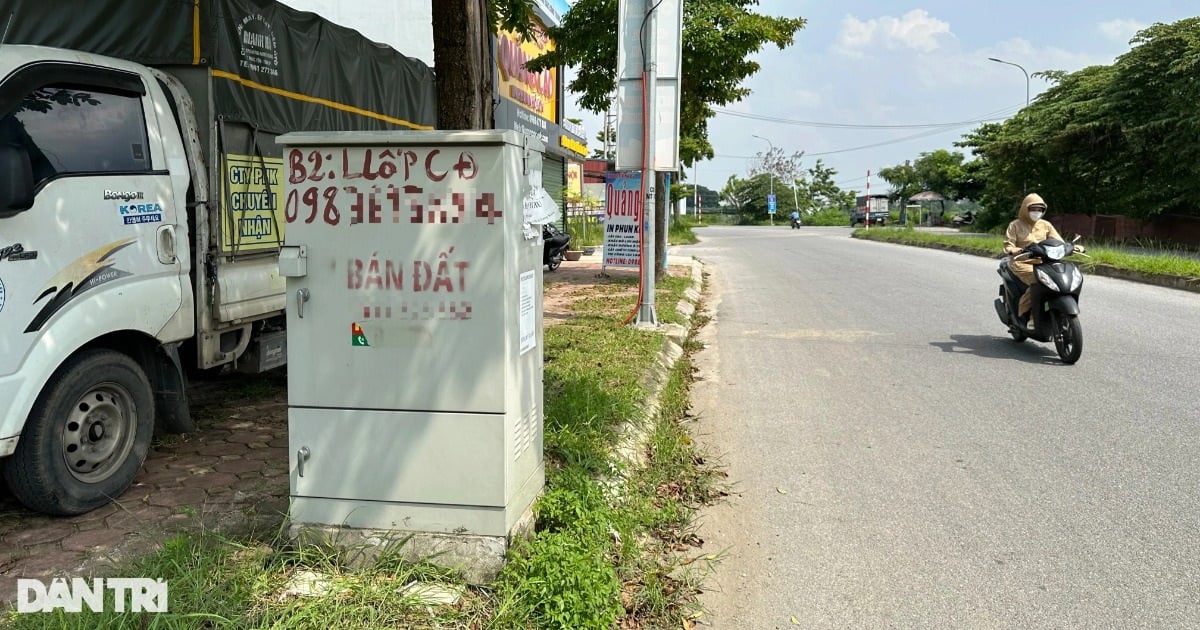




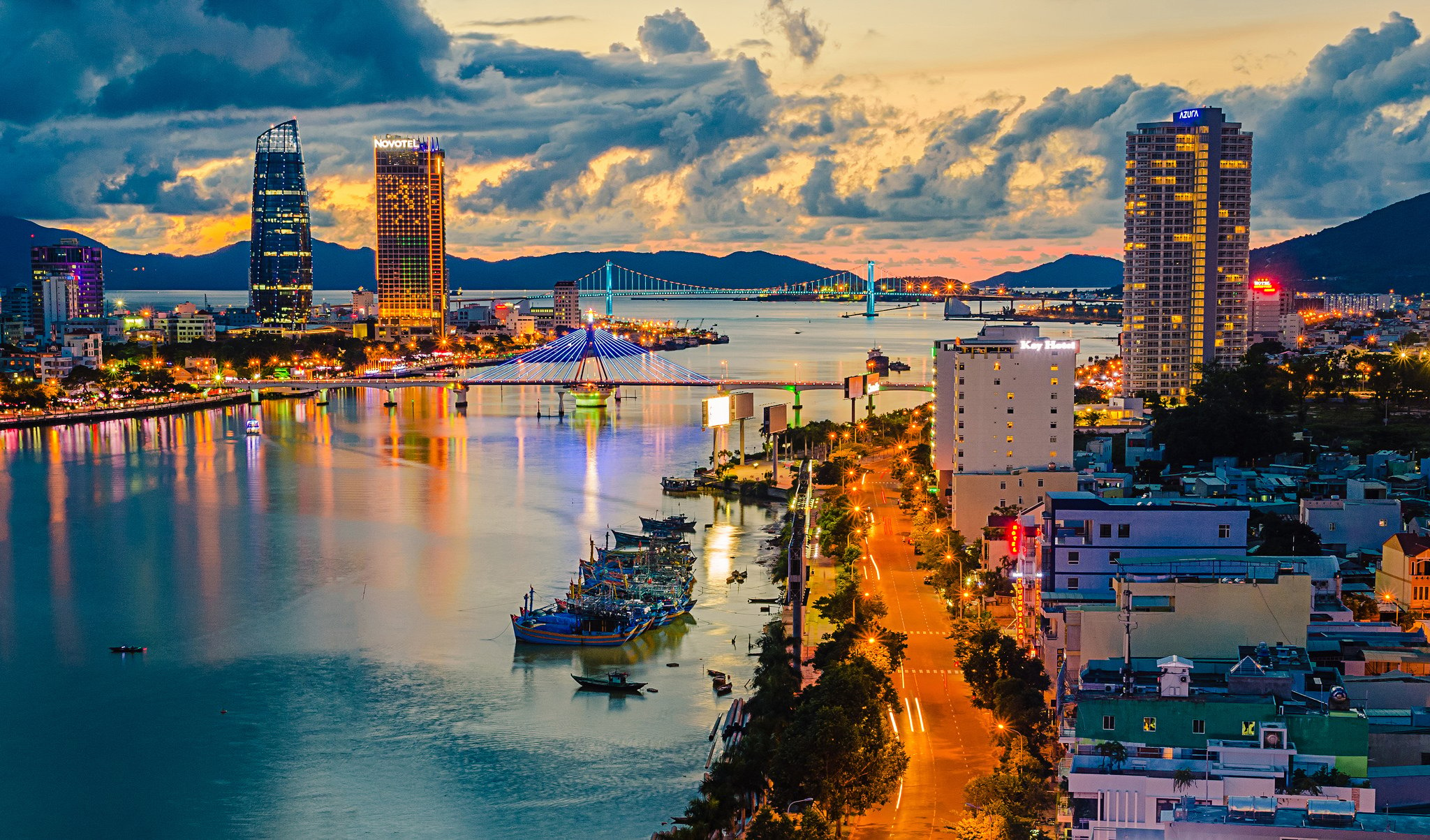

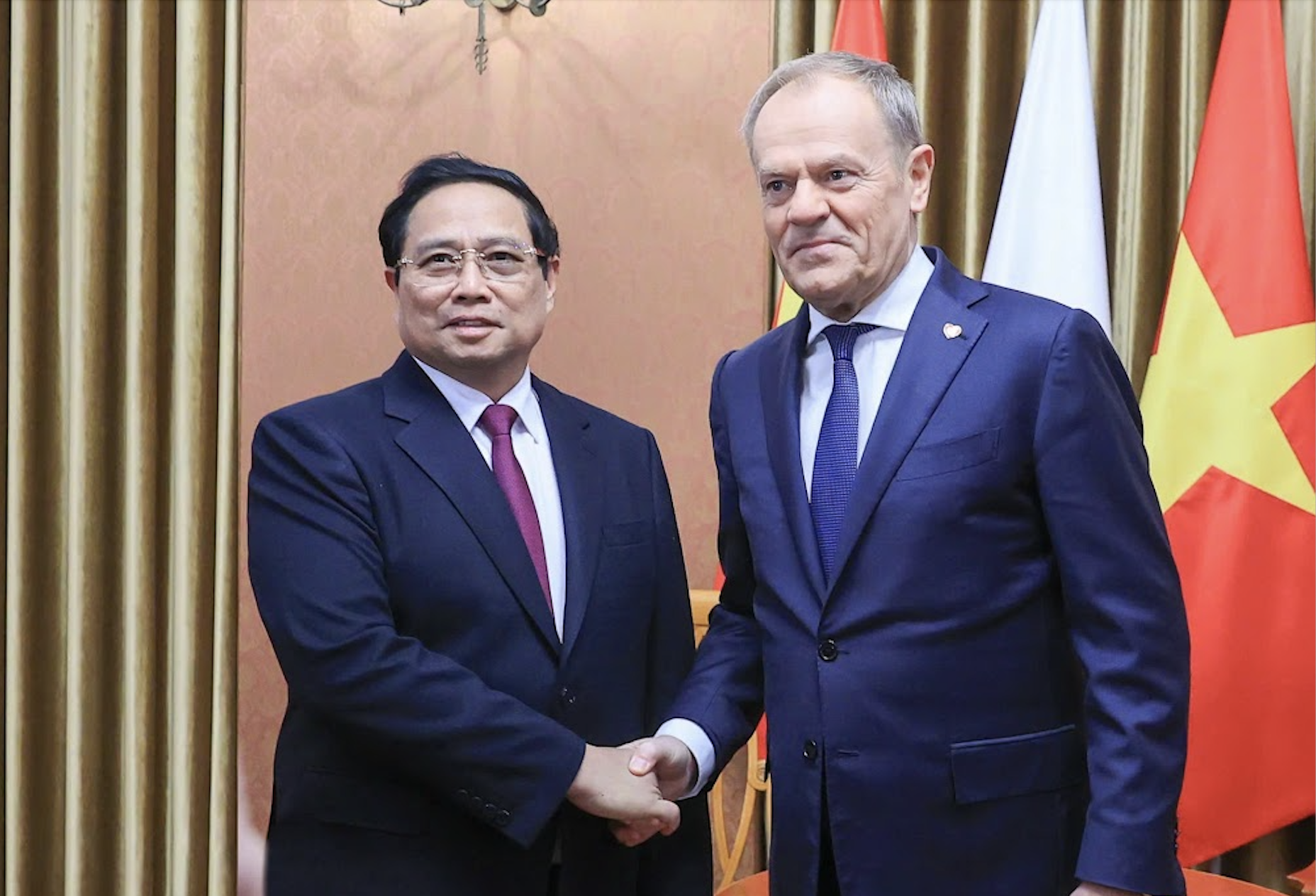

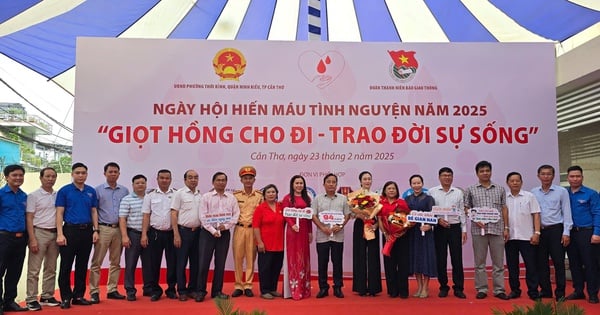


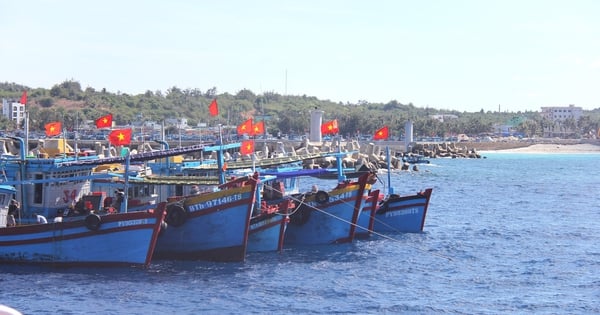
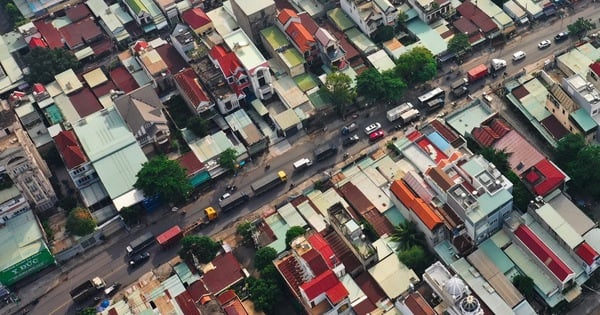
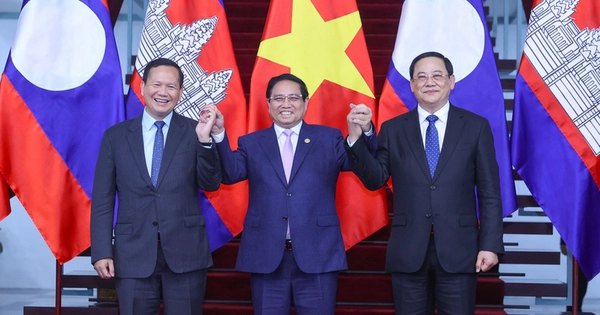
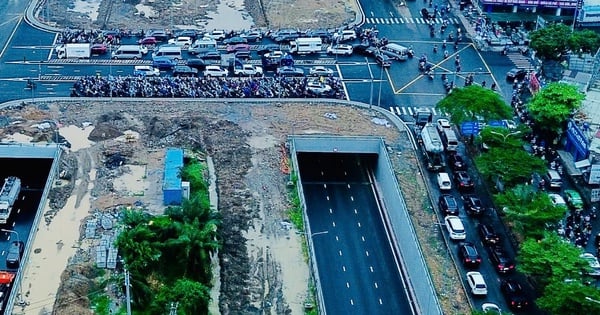











Comment (0)